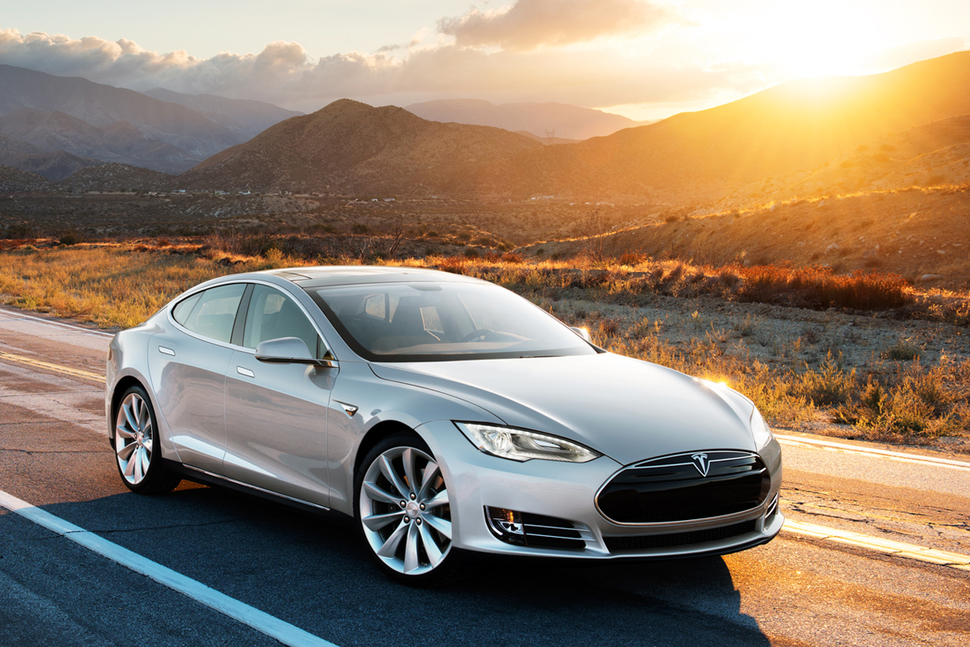This year motor producer company TESLA lanced the car model S. An electric car that has the automatic pilot on board. The car is promoted by the fact that the internal combustion engine and all the connected elements are substituted for just one element: the rotor. The vehicles is driving smooth, fast and silent, and is provide with the innovative autonomic functions, that gives the driver the opportunity to relax. Since 2003 TESLA has been working on electric cars. This seemed like a renewing product branch. But is this branch really renewing? Since 1830 the world has been working on the development of the electric car. The popularity of the car has been growing till the beginning of the 20th century, and during the further decade improvements were still made. Halfway the popularity did change, though. What did make the change of popularity to different powered cars? How did the customers, companies and the government affect each other in the total system of mobility?
Since the beginning of the 19th century innovators have been building on electric vehicles. Innovators in countries like France, Great-Brittan and U.S.A. began playing with the concept of battery-powered vehicles. In 1890 the first successful and practical electric car was introduced in the U.S.A. This car was able to drive 22,5 km per hour (not that fast). More and more electric vehicles were developed. By 1900, a third of all the vehicles on the road were electric cars, besides the other gasoline and steam powered cars. The popularity of the electric vehicle was increasing. The electric car had some positive characteristics comparing to the other types of vehicles. The product was quite, easy to drive and didn't emit smelly pollutant. The slow speed of the electric car didn't matter, because people were not used to fast driving vehicles. This innovation of the electric car was operating in a complex system of mobility. Getting from A to B was done by foot, bicycle, tram, train or even horse. The motives for travelling by users were just, getting from town to home or work. The term efficiency was a just discovered element of life. People were not used to using machines, which produces pollution and sounds. The standards of living and motives of people did fit to the innovation of the electric car. The characteristics of the electric car felt familiar, what made it a success at the first time.
From then on the advancements of the electric cars got behind in the advancements of the gasoline powered car. The gasoline car continued developing, and improvements like the internal combustion engine, made this car innovative and popular. The vehicle was cheaper and faster. Electric vehicles got limited performance, mostly in speed. An impulse for the electric car industry happened, during the oil Arab crisis in 1973. The government of the U.S.A realized that they didn't want to be dependant of foreign oil. The government supported projects to improve the electric car industry. It didn't change the use of cars, though.
This moment of time gives an insight in the working of socio-technical system. It shows what kind of actors and institutions are meaningfull in the system of mobility. The government, the customers, companies and innovators are deciding together whether an innovation will be accepted yes or no. In this situation it seemed like the customers and companies had the overhand. However the government tried to push the electric industry, the speed of the car, the money and business were the leading factors. The different actors in the socio-technical system were not in line with each other.
2003, TESLA introduced the electric motor vehicle; a fast an fancy car. This innovation is operating in a system of a developing alternative vehicles. The last years customers, producers and the government are realizing more and more what impact products can have on the world. The world is trying to improve our life styles. According Borrás & Edler actors and institutes of a socio-technical-system of innovation should be overviewed. The reasons, utility and meaningfulness of change should be framed, together with interests, experiences and motives associated with this change, to be able to make expectations about innovations (Borras & Edler, 2014, p. 124). The motives of the different actors and institutions in the current socio-technical system of mobility seem to be in one line again about the use of electric cars, just like in the very past, what means acceptance of innovation.
Published by Hanna van der Ploeg, 15th of november 2015
